With summer hitting the UK proper (although at times you wouldn’t think it with the weather) more and more riders are looking towards flying above water to get their kicks. NCW does foiling – we have a sister website, foilshop.co.uk, dedicated to the discipline(s). With surging popularity, particularly surrounding wing foiling, we thought we’d catch up once again with our expert on the subject and get an update where foiling’s at. Over to Tez, from Foilshop UK, to talk all things flight.
Wing foiling (wingsurfing).
Wingin’ is the biggest focus point within the world of hydrofoiling and has been since its explosion onto the scene a few years back. 2019 was the first year proper wingsurfing took hold and it’s captured many imaginations. Simplicity of inflatable wings, used in lighter airs, and in tandem with hydrofoils give many varied options and ways of riding. Converts to the cause see benefits including anywhere launches, any conditions launching, easy set up and pack down, transport and storage a doddle as well as wingin’ being relatively quick to learn – especially if you have prior watersports skills.
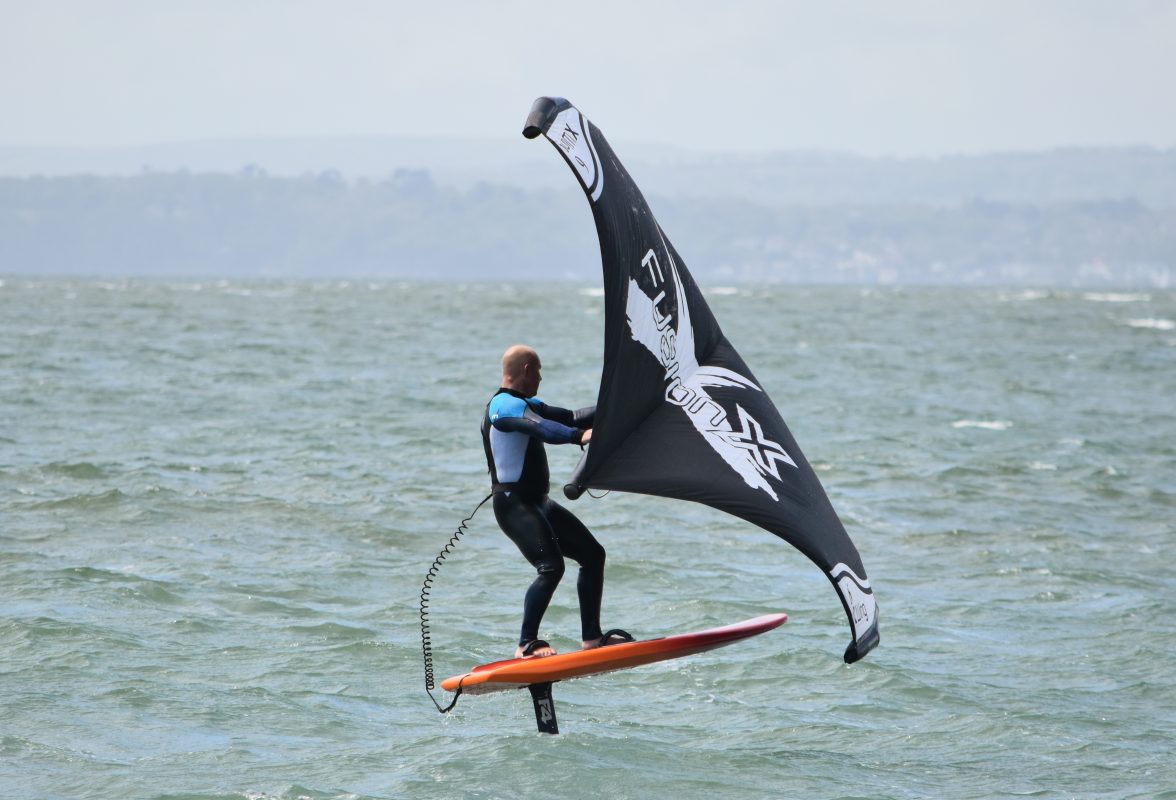
Once on the brine riders are free to cruise in the sun (mellow vibes abound), wave ride and throw down a few freestyle shapes. We’ve barely scratched the surface of what’s possible but wingsurfing’s evolving quickly.
Wings themselves have come on leaps and bounds over the last 12 months. Any seasoned rider will tell you wings need power (breeze) – at least to start with. Once fundamental skills are locked in it’s possible to reduce kit size for said wind strengths. New wing designs allow this earlier with improved wing canopy rigidity, leading edge and middle strut stiffness and overall shape. We’re now starting to see real innovation with some brands utilising integrated boom and middle struts for even better performance. This’ll only continue with development ongoing.
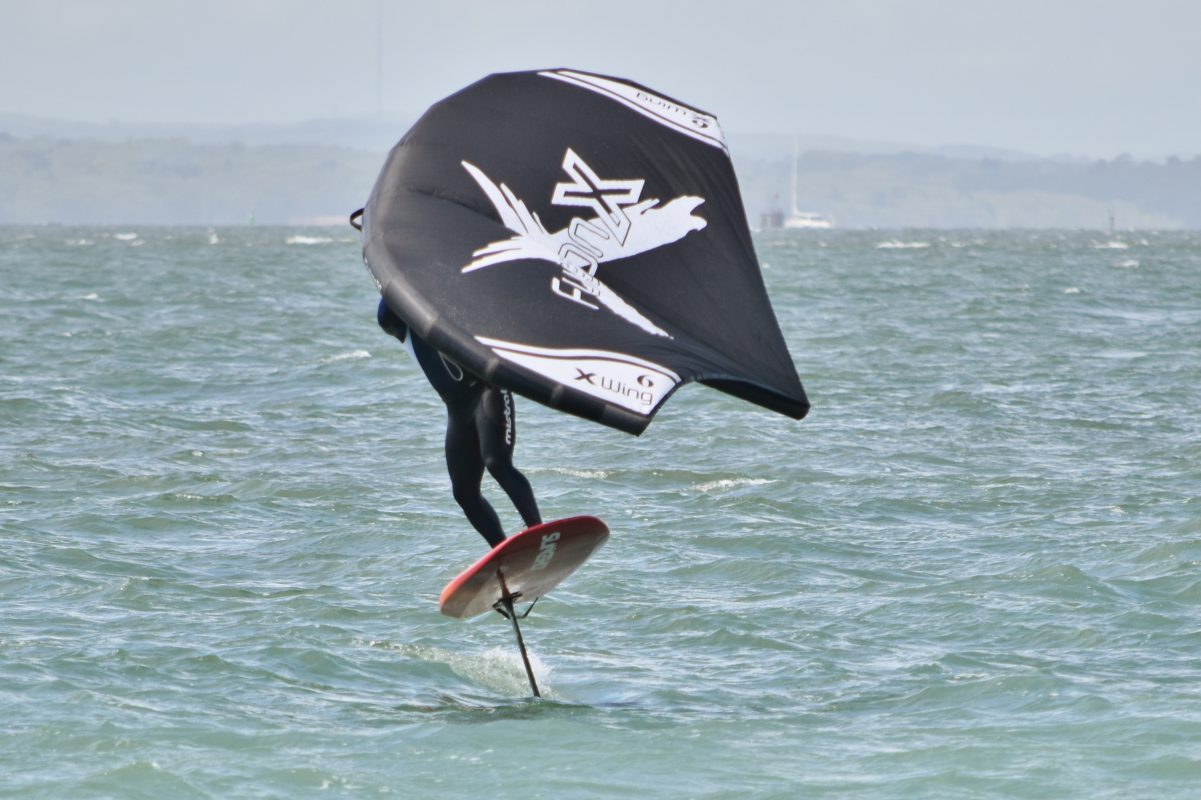
Windsurf foiling (windfoiling).
If anyone’s been paying attention to recent PWA Tiberias, Israel, slalom champs then you may have seen Frenchman Nicolas Goyard storm the fleet with his superior foil racing skills. With a format allowing both fin and foil riding in the same race sailors are free to choose their type of weapon based on conditions. As winds increased Nico choose to remain on foil – the only rider to do so – which proved the right path. With its frictionless ride Nico beat the on water chop, gusty winds to storm it on the reaching board speed front but also perform some absolutely fearless and technical bang on gybes. If you haven’t seen the footage then check it out below.
https://www.facebook.com/windsurfingtv/videos/2917317478556333
The door to professional windsurf slalom racing has now been well and truly smashed down!
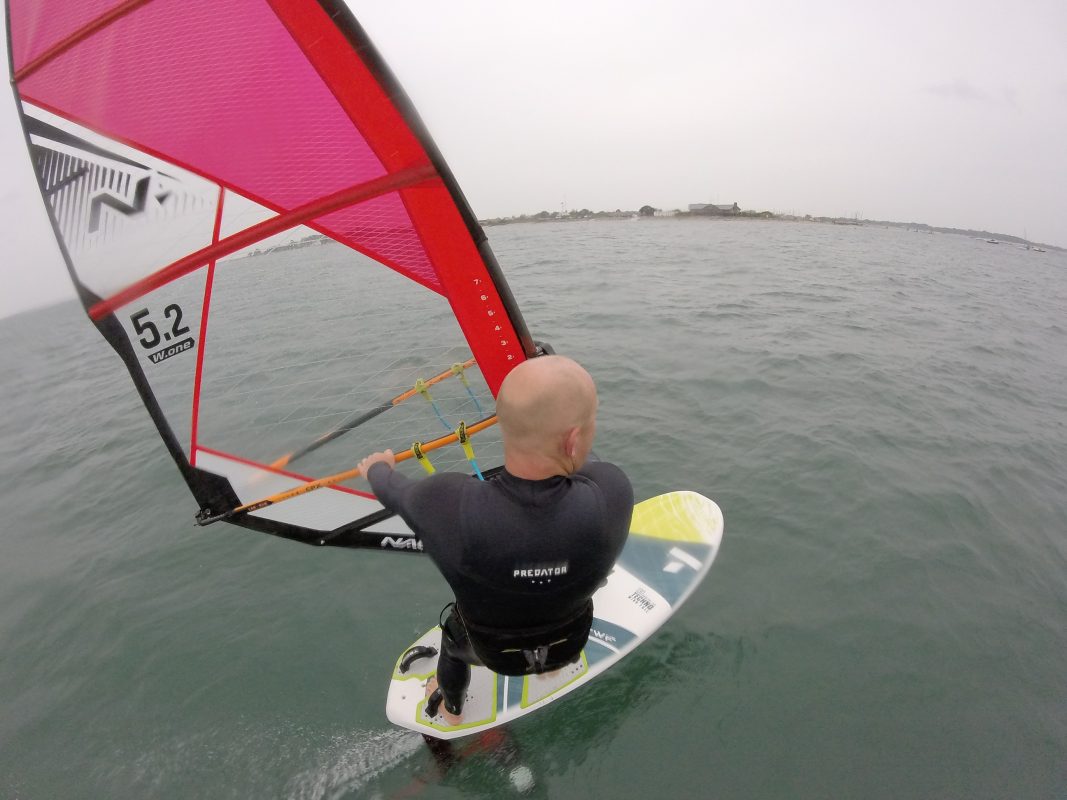
For the layman rider windfoiling is still a super fun option. With windsurf sails being more efficient than wings lighter winds and cruddier conditions are arguably better suited. For sure, the technical elements of windsurf foil gybing remain. But this is still doable and with practise readily accomplished. As far as windy foiling disciplines having the option to switch between wing and windfoiling allows you to capitalise 100% on what conditions you’re gifted. Personally I like mixing and matching based on mood as much as anything. It’s always good to switch things about and keep it all fresh.
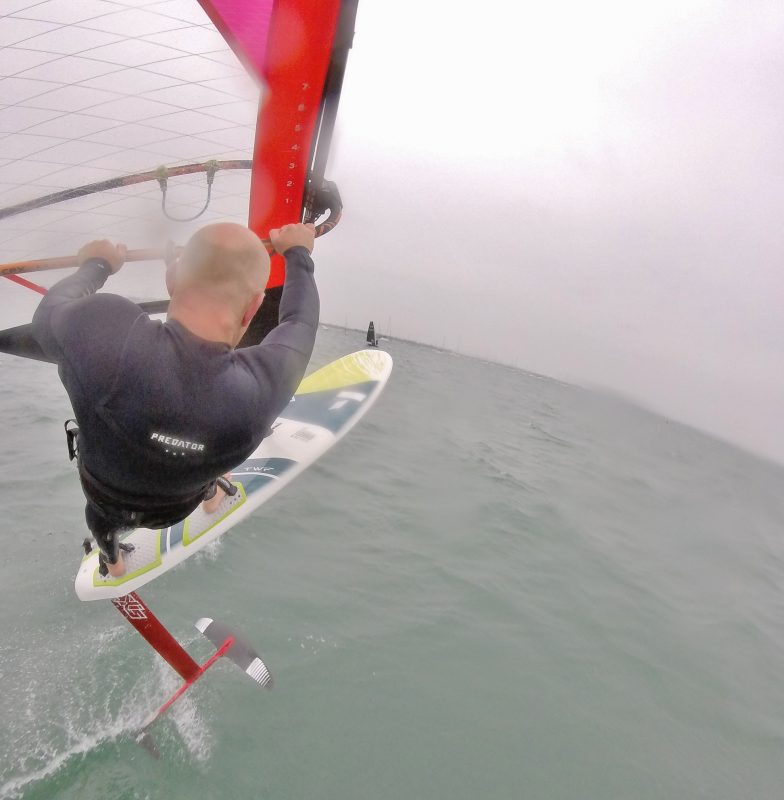
SUP foiling (stand up paddle board).
As a lover of wave riding it’s been frustrating in the past (especially being south coast UK based) when waves proper go on hiatus in summer. With a hydrofoil attached to your stand up paddle board this is no longer an issue with even ankle slapping wavelets being ripe for some hoverboard action.

With the right foil you can be flying down the line of any naff for surfing type wave and turning previously rubbish days into epic sessions! Choosing your location wisely is key as many put ins are too busy for foil shenanigans. But there are plenty of choices if you search. Learning to SUP foil is then another fairly quick exercise. As with stuck to water SUP it’s all about your paddling skills. Proper technique, combined with correct equipment and the right wave will see you fly quick smart. The more sessions you get under your belt the more mastery of the discipline you acquire.
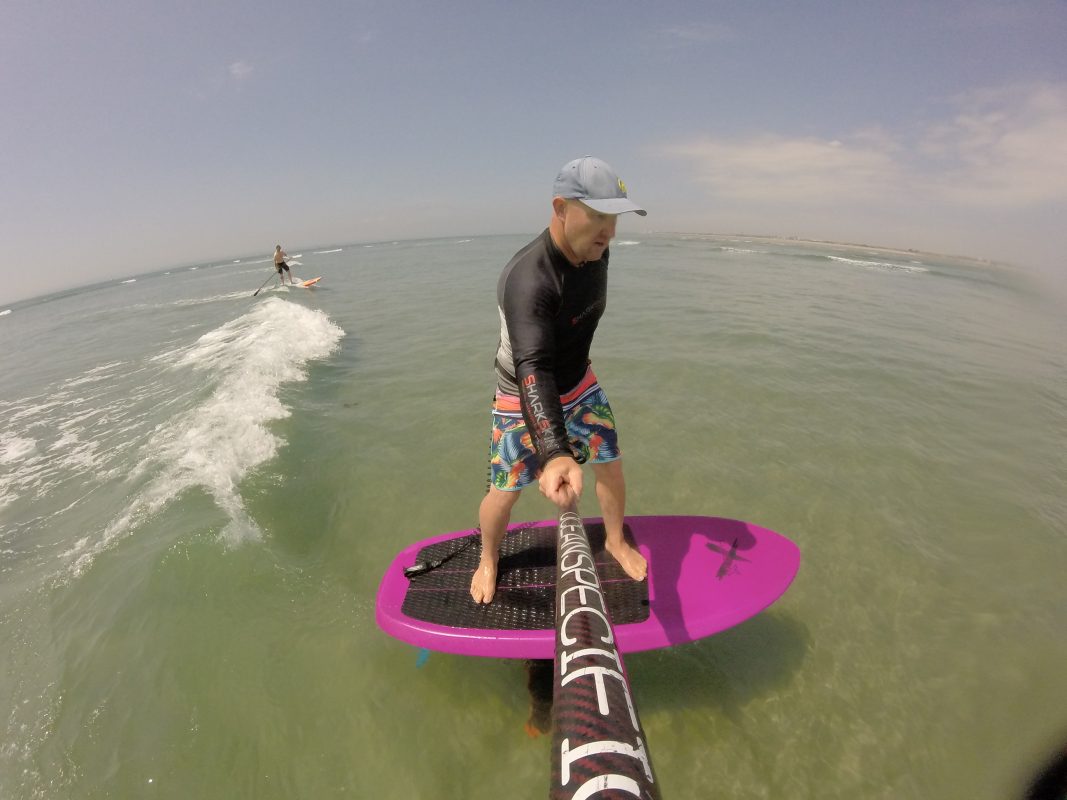
One thing with SUP foiling is perhaps a perception of it being scary. Considering stand up paddle’s current rapid growth, and those coming into the sport with little to no water experience, this is understandable. Putting time in, learning the ropes of SUP, transferring this to waves before attempting to SUP foil will see most riders winning. And once you’ve tasted the freedom of foiling on waves you’ll never want to go back!
Surf foiling, eFoiling, wake foiling, foil pumping.
There are many other forms of flying, some of which I dabble with. Prone foil surfing (using a surfboard in tandem with a hydrofoil) is gaining traction where conditions suit. Slightly trickier than SUP foiling, because of the paddle in and smaller boards, it’s possible the purist form of flying above water. When conditions allow there’s nothing freer than ditching other forms of propulsion and just relying on your arms. How much growth surf foiling in the UK has, however, is open for debate.
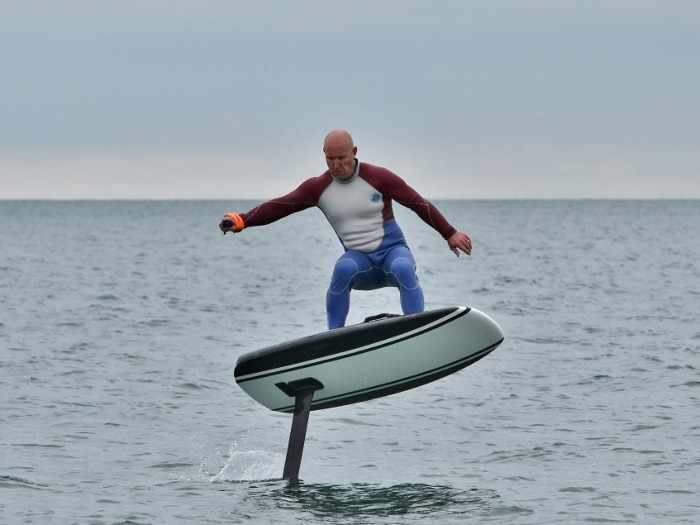
Riding an electric hydrofoil board is the easiest form of foiling and ripe to practised anywhere there’s water (in theory). Using a wireless, Bluetooth throttle trigger riders have all the power they need at their fingertips. This propulsion on tap ensures rapid progression. It’s possible to rise up on foil in less than half an hour! The prohibitive side to eFoiling is the cost of equipment. At time of writing eFoils starting prices are around £7k and go upwards on £10k!
Over in the States wake foiling’s extremely popular. This side of the pond some riders do dabble, using the pull of a boat to practice foil control before adding another element, such as wing, sail or paddle. Having access to a boat is tricky but for those that do wake foiling’s certainly another fun way to levitate.
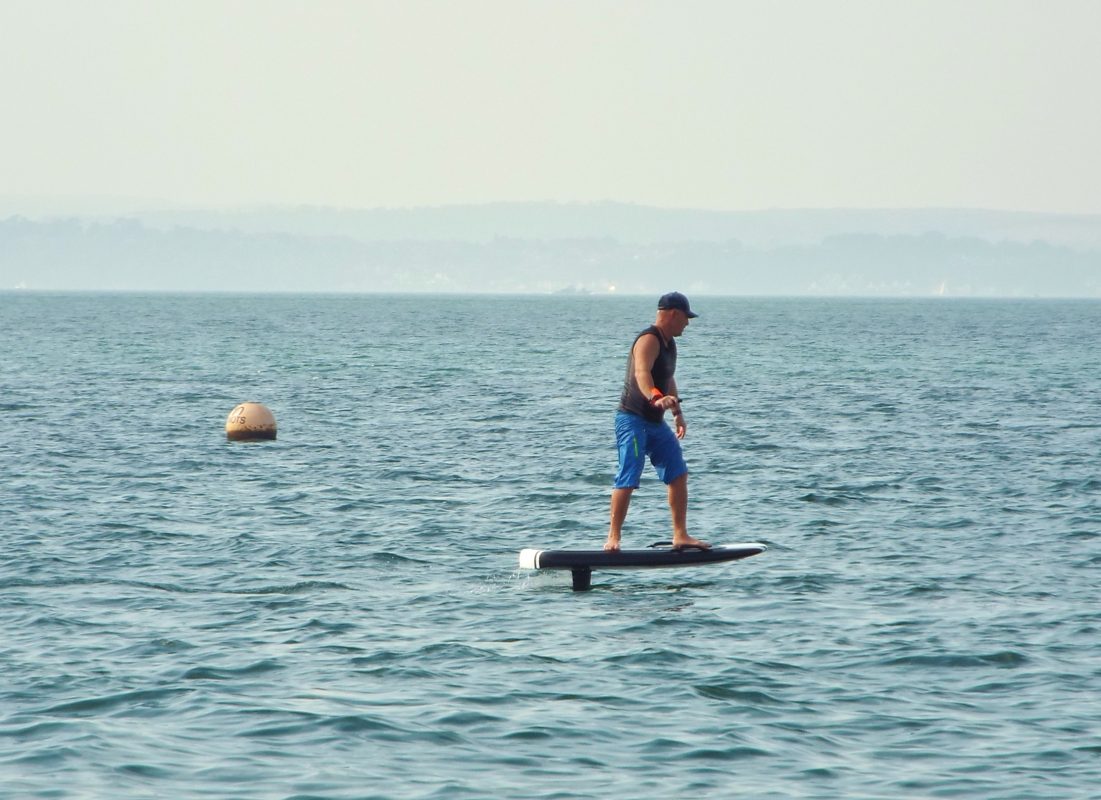
Foil pumping is the hardest form of foiling and then some. With completely flat water in the mix riders use a variety of means to start – dock starts (super tricky in its own right), bungee tows and so on – before using leg power to pump the foil around and make use of the foil’s frictionless ride. Having done a little I can attest to the amount of fitness required for this. The leg burn’s real! That said any land lacked rider now has the ability to ride hydrofoils on stretches of water previously inaccessible so in some ways foil pumping’s a God send.
Foiling will almost certainly continue to grow and with that equipment technology will improve and (hopefully) cost of gear will lessen. The biggest issue in teh UK currently (as with many other outdoor recreational products) is supply vs demand. There’s just not enough kit available at the moment even though the thirst for foiling’s there. Moving forwards it’ll be interesting to see how things pan out and just how big balancing on a stick becomes.
You can find more foiling knowledge and article via the following link –

